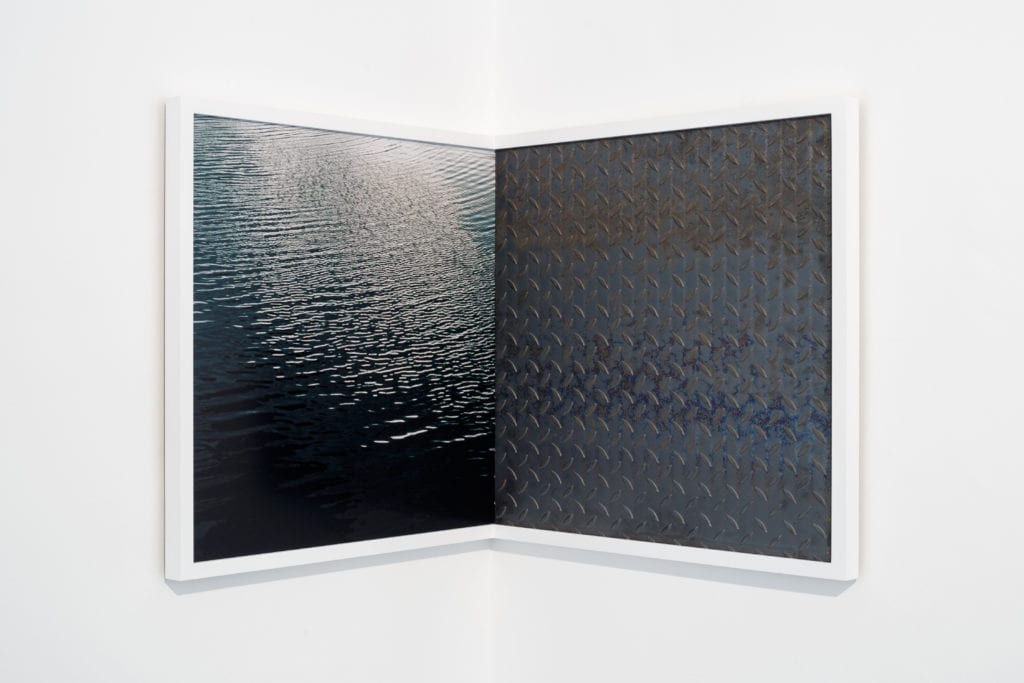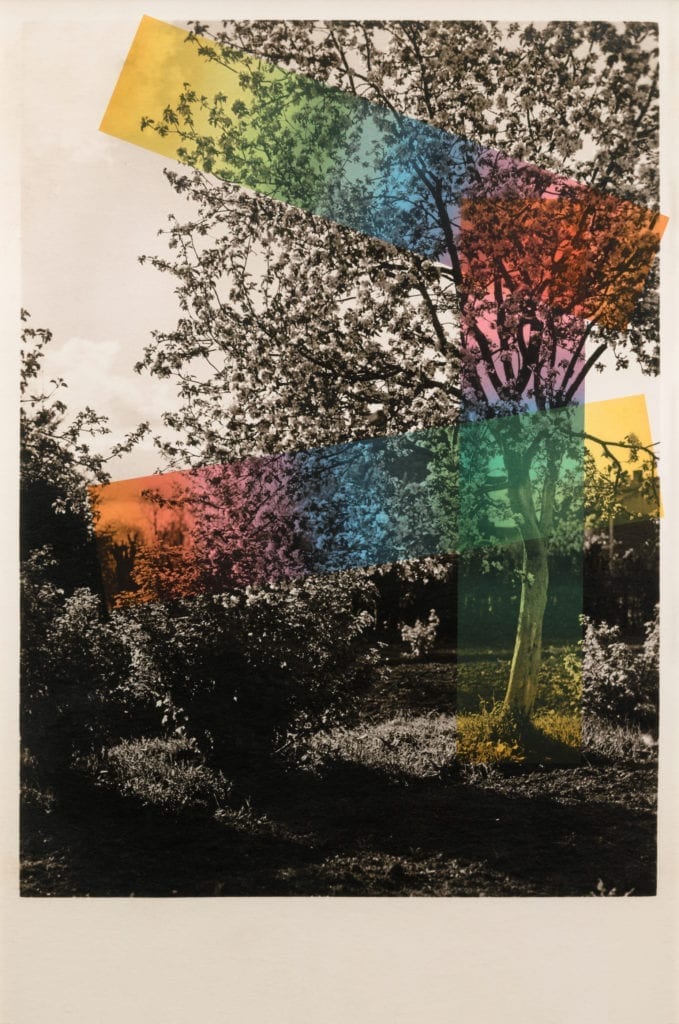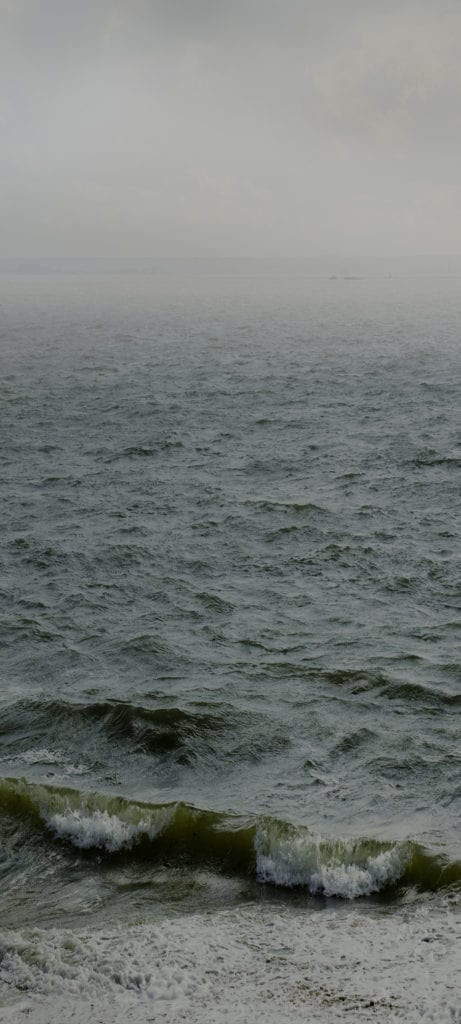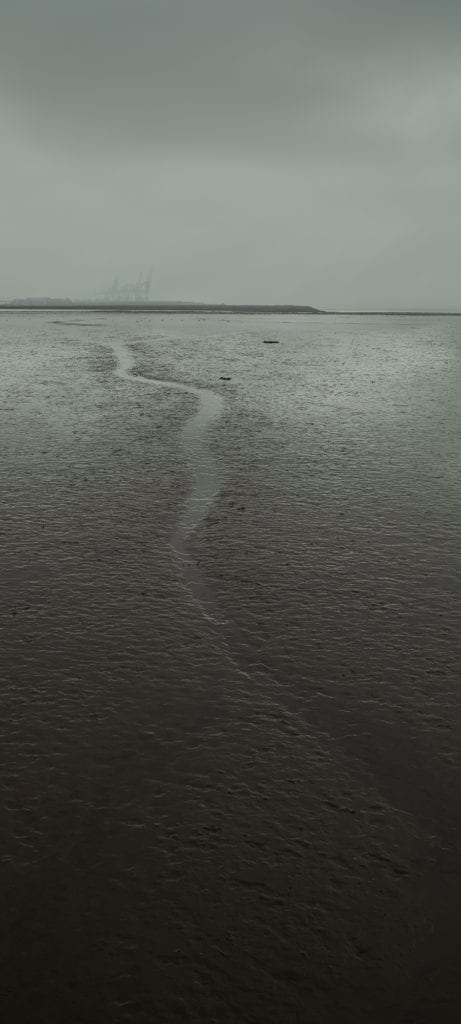First established in 1970 by Angela Flowers in London’s West End, Flowers Gallery now has two central London locations – one in Mayfair and another in Shoreditch, along with a space in New York. The gallery currently represents 48 international artists working across a wide range of media.
Flowers Gallery has been recognised for its engagement with important socio-cultural, political and environmental themes. We spoke to Director of the Photography Department, Chris Littlewood, about the artists’ work he is bringing to Photo London later this month, which include an array of well-known names such as Edward Burtynsky and Nadav Kander. Littlewood has also helped predict a number of future trends, from experimental installation techniques, to elements like 3D printing and augmented realities.

What excites you the most about exhibiting your artists at Photo London?
It’s always exciting to present at fairs, especially if the work is fresh and audiences are engaging with it for the first time. If someone appreciates an artist’s work the same way I do, an amazing energy can come out of that exchange. Photo London is all about sharing the love of photography – there is also a wonderful aspect of education that takes place with more casual viewers and those who are not yet familiar with the artists we’re promoting.
Not all gallerists attempt to draw connections between the different works in their displays, (whether that’s formally, spatially, conceptually or thematically), which I find a shame and a missed opportunity. The most exciting thing for me, as a curator, is when a viewer discovers the connections you have made, or other unintended ones, thereby bringing further meaning to the individual photographs or projects on show. Of course, meeting new collectors and finding new homes for artworks is the ultimate aim of fairs like Photo London, which in itself is something to look forward to.
Which artists’ work will you be showing at Photo London? Why?
This year, we have divided our space into two distinct sections. Part one will include Edward Burtynsky, Nadav Kander and Tom Lovelace, with a group of works linked by the industrialised or manufactured landscape. All three artists have, in some form, incorporated the subject of water and the visual devices of grids and abstraction within their work.
Part two includes Lorenzo Vitturi and Julie Cockburn. Both artists work with fabricated forms of photography together with sculpture, layering different processes such as collage, embroidering and over-painting photographs in high-register colours. There is also a relationship between their celebration of vernacular images, or of found objects, material culture and other incidental phenomena – whether that’s through the language of Cockburn’s anonymous found photographs, or Vitturi’s exploration of informal urban communities.

Flowers Gallery has been recognised for its engagement with socio-cultural, political and environmental themes. Why do you think it’s important for photography to communicate wider social issues?
Photography, as a form of communication, has long been associated with reflecting or reporting on aspects of society, and as an art form it is one of the most direct mediums in terms of physically documenting our reality.
What becomes important is the manner in which a photographer holds up a mirror to the society we live in. What are they saying through their choice of subject matter, the editing process, or even the combination of images and text? How nuanced or alternative are the ways in which they’ve chosen to record their reality? How didactic is their work, and is there room for viewers to bring their own morality into the equation?
How can new collectors start to develop their photographic knowledge?
Going to photography fairs and festivals is obviously a good way to get an overall feel of the photography market, but it can also be restrictive in terms of understanding what’s happening in photography at a particular moment in time.
For a broader knowledge, I think there’s no better way than by surrounding yourself with photobooks. Branching out to make regular gallery or fair visits from that point can become a more educated and focused activity. Going to talks and symposiums can help you get insights into particular artists’ practice – often galleries are the best place to start for this too. We regularly stage an events programme around each exhibition, and there are also some good courses out there geared towards collecting and the photography market.

In your opinion, what are the key trends in photography collecting?
Like any art form, it’s hard to identify a single trend within photography collecting. In the context of contemporary photographic work, I’d say there’s an increased interest in cross-disciplinary work and unique forms of photography, like experimental printing and installation techniques. As new technologies also become popular with digital mapping and aerial photography, we might begin to see 3D printing and augmented reality become collectible. If anything, I’d say collectors are looking at both ends of the spectrum – towards future technologies and what photography can evolve into, but also at artists who are engaging with the medium’s origins and re-inventing earlier processes within a contemporary context.


Visit Flowers Gallery F4 First Floor at Photo London between 17-20 May
